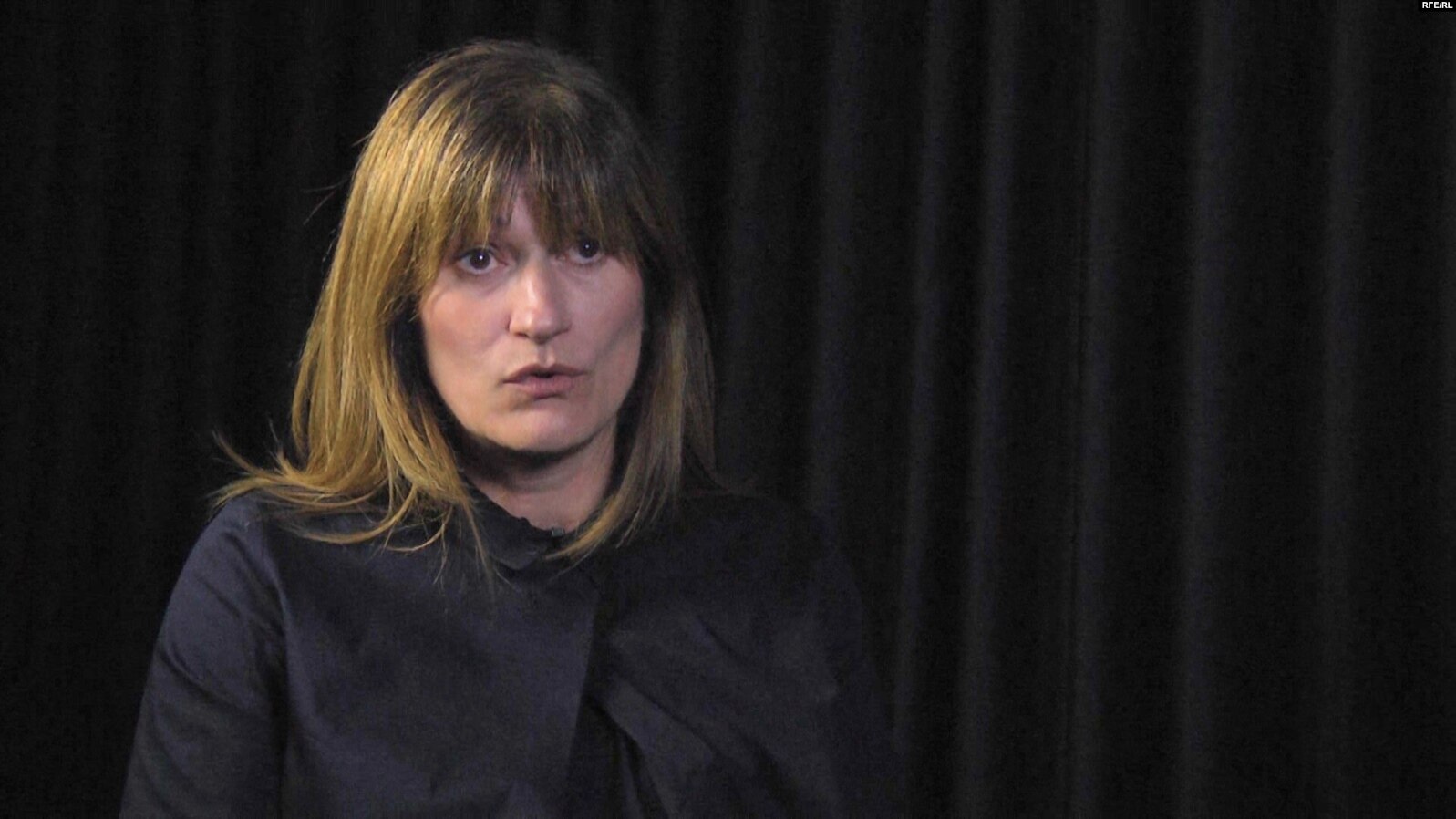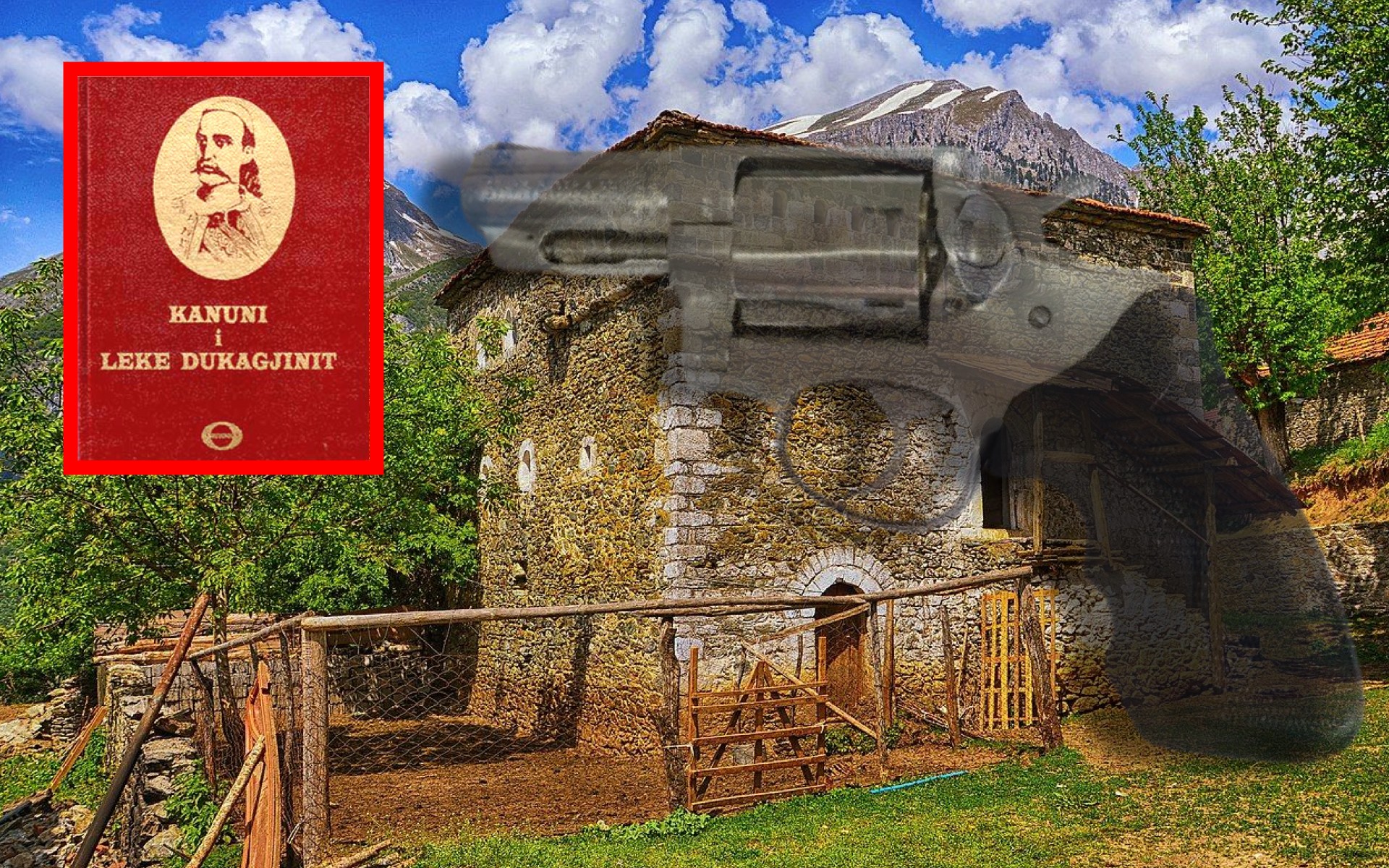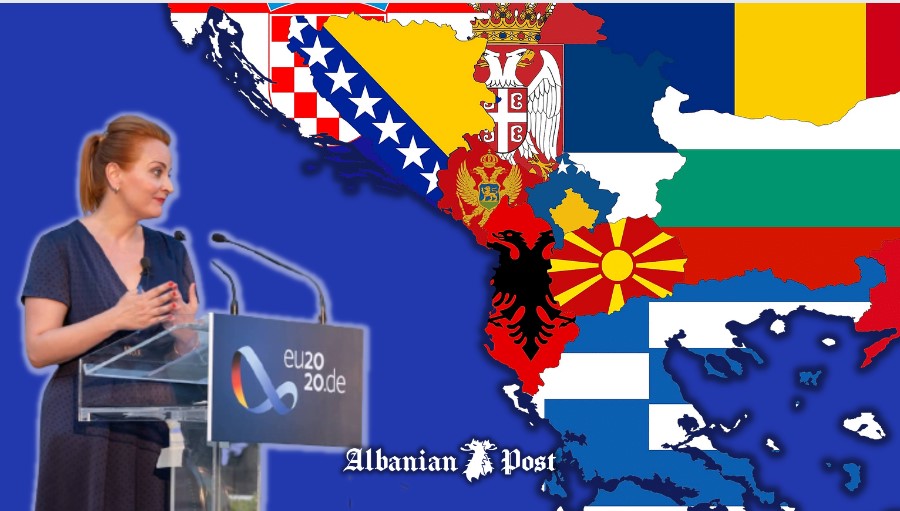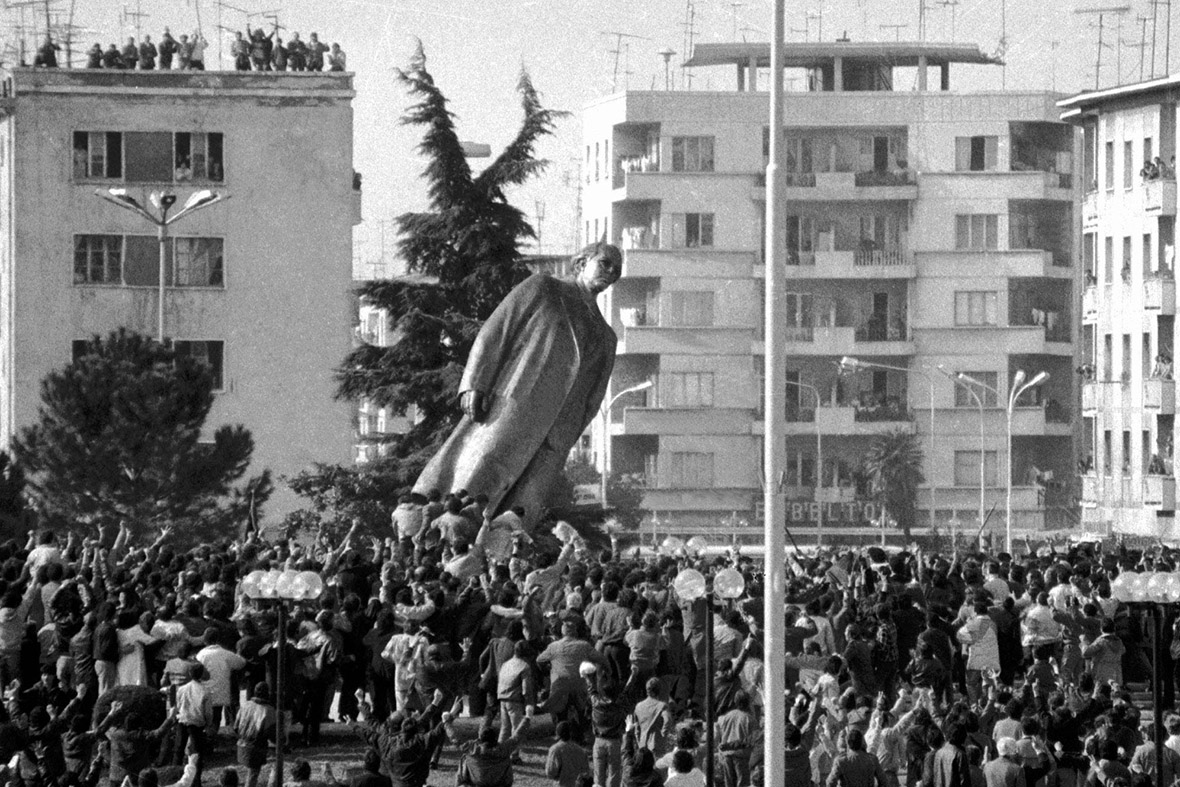
Almost 30 years ago, the people witnessed one of the last mass actions that marked the end of state socialism in Europe: the toppling of the statue of Enver Hoxha, the historic leader of the Albanian Communist party.
People could see from the live images, tens of thousands of people taking turns to pull ropes. Giant bronze figure of a man, whose portrait still stood after death.
They tilted her left and right, before losing its balance and collapsing to the ground. The statue was dragged into the main square of the capital Tirana, followed by chants of “Freedom”, “Democracy”, and “The police stands with us”.
The police were indeed with the protesters, but not out of sympathy for their cause. The Communist party, at that point still in power, had given them orders not to intervene.
During the preceding weeks of protest, high-ranking officials had realised that a system that had lost legitimacy in the eyes of the majority could no longer demand their compliance. Foreign news channels celebrated the birth of freedom in what they called the last dictatorship of Europe.
From cars to bunkers: the world’s striking communist remains
Overnight trains, Russia and Eastern Europe

Classic cars, Cuba
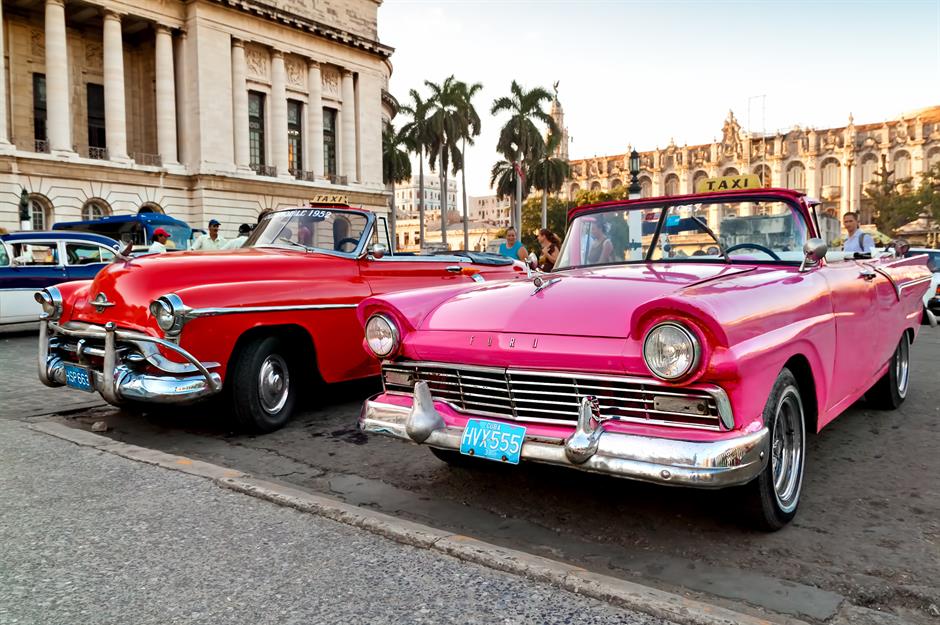
Bunkers, Albania

Soviet statue graveyards, Eastern Europe

Bodies of communist leaders: Vladimir Lenin, Moscow, Russia

Tombs of communist leaders: Karl Marx, London, UK

Last from the rubric
-
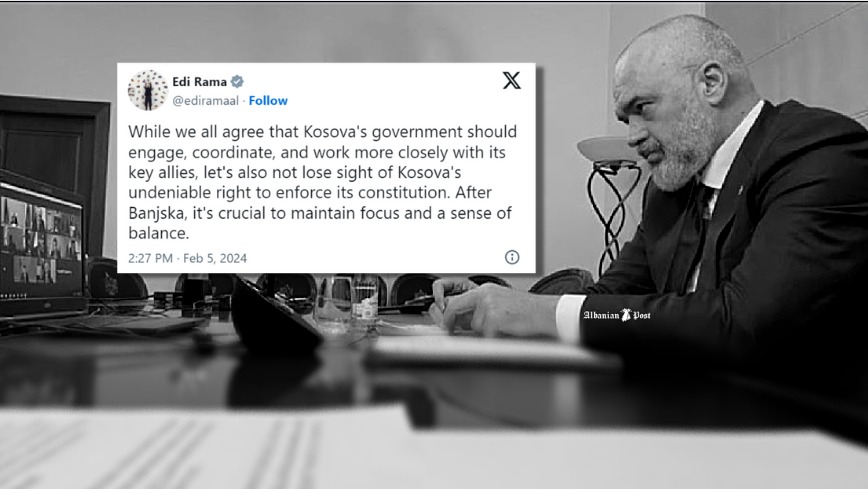
How should Edi Rama’s last tweet be read?
-

Rama confesses everything he knows about the Beleri case and shows the ‘fate’ he will have, in the exclusive for Kathimerini
-

ONE Albania welcomes the President of Hungary, on a courtesy visit to the company headquarters in Tirana
-

“History will record that the KLA and the United States were partners in preventing a genocide,” exclusive interview with James Rubin



